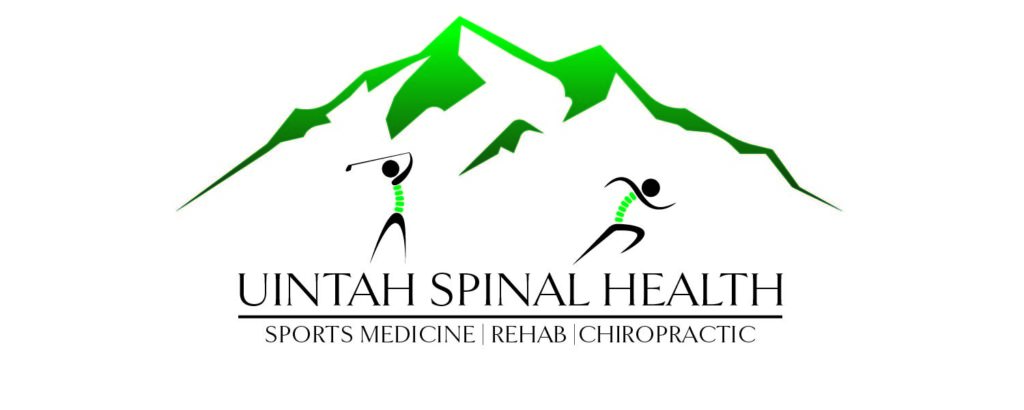
What is Dry Needling?
Dry Needling is a technique that we use to help with recovery. It gets confused with acupuncture but they are different. They both use the same needles, but acupuncture is Chinese medicine and Dry Needling is more Western Medicine. There is some overlap, but with Dry Needling we addressing the physical structures of the muscles, ligaments, tendons and bones.
What Does Dry Needling Do?
Dry needling has been shown to do multiple different things in treatment. We use it with the Pentamodel, which basically shows 5 different therapeutic effects of dry needling.
Local: Dry needling can address the muscle directly and will cause a controlled pro-inflammitory responds to the area which will promote some healing. Increase blood flow to the area, decreasing pain to the local sight by changing the Gate Theory and and reducing tension to local muscle spasms.
Segmental (spinal): Any peripheral stimulation (including that with a fine filiform needle) will trigger a spinal segmental response based on where the peripheral nerve enters the central nervous pathway. Ascending and descending pain pathways attempt to modulate peripheral pain via central mechanisms.
Peripheral nerve (peri-nueral): All musculoskeletal stress and injury is associated with local sensitization of afferent peripheral nerves locally and leading to the Central Nervous System (brain and spinal cord). Dry needling techniques can manipulate these afferent nervous pathways leading to a Brain and spinal cord desensitization of the nervous structure causing pain and dysfunction. It’s like re-booting your nervous system and resetting the pain cycle.
Fascial: Fascia is a very thin layer of connective tissue that connects all tissue within the body. Not only have structural changes, and visco-elastic changes been shown with mechanical stimulation of fascia, but autonomic nervous system connections have been shown as well. This would explain why your shoulder starts to hurt sometime after you have sprained your ankle. There are specific fascial points of contact where fascial get restricted and cause dysfunction in the mechanics of movement. Dry needling can help resolve the fascial dysfunction and get the fascial points to release.
Primary Passive Trigger Points: These points were described by Dr. Houchi Dung (Acupuncture: A Anatomical Approach, 1st ed 2004) and have been found to overlap significantly with trigger points as described by Travel and Simons, Stecco’s fascial manipulation points, traditional acupuncture points, and general motor points of specific muscles. Dry Needling helps treat these trigger points and can help activate muscles with the overlapping of Primary Passive Trigger Points.
What are the Benefits of Dry Needling?
The benefits of Dry Needling are the following: Increased healing with a mild pro-inflammatory responds, increases blood flow and increasing satellite cells to promote healing. Those are the local effects. But the more we do this treatment the more we see some over all systemic and segmental effects. Addressing the nerves and over all health as well.
Is Dry Needling Right for Me?
This works great to treating musculoskeletal injuries:
- Tennis elbow
- Golfers elbow
- Hamstring strains
- Neck sprain (whiplash)
- Nerve irritation (sciatica)
- Carpal tunnel
- Sprained ankles
- Sprained knee
- Rotator cuff strain
- Tension headaches
- Hip impingement
- Fascial pain (plantar fascia)
Schedule an appointment today and we can see how Dry Needling can help your recovery.



